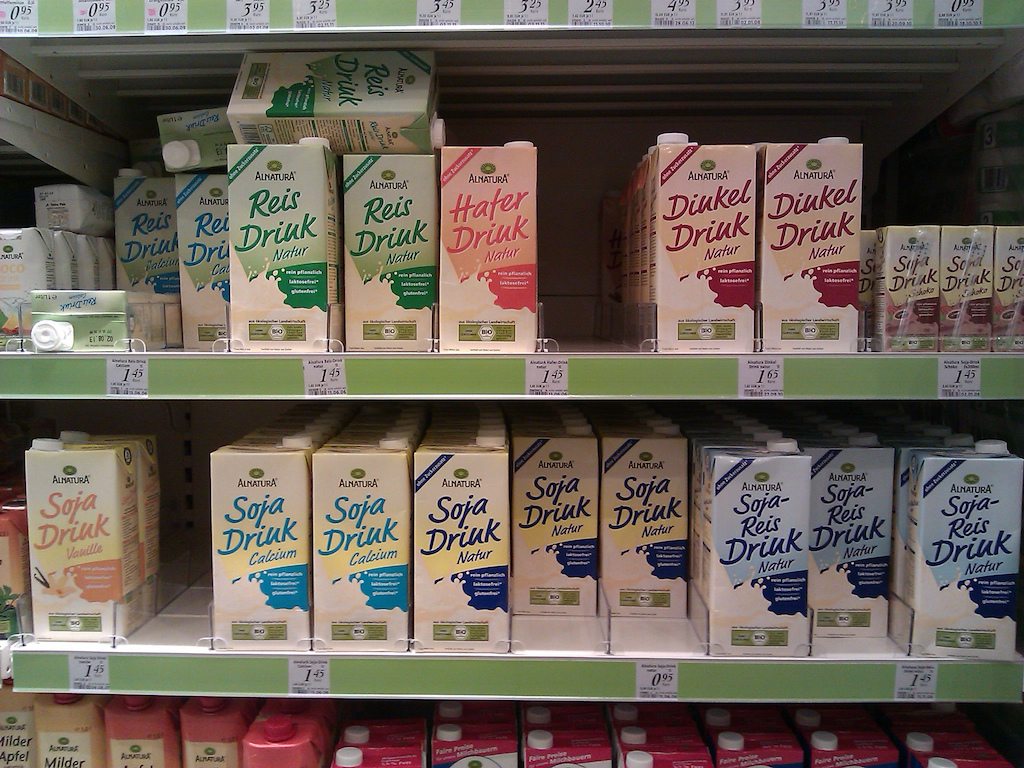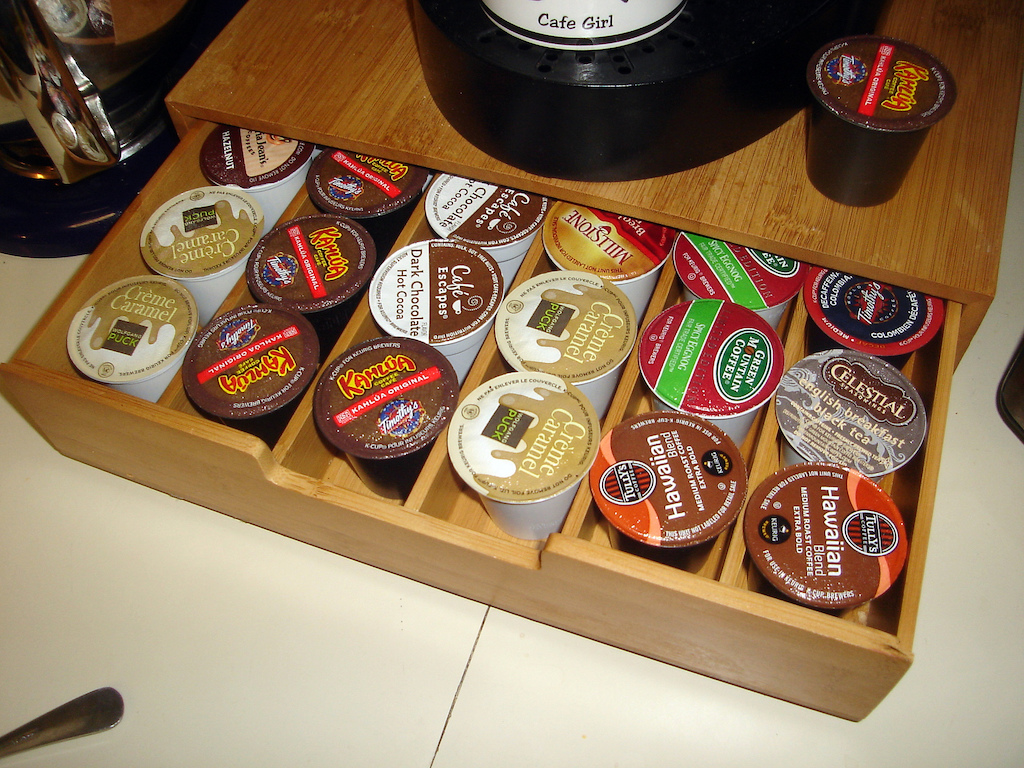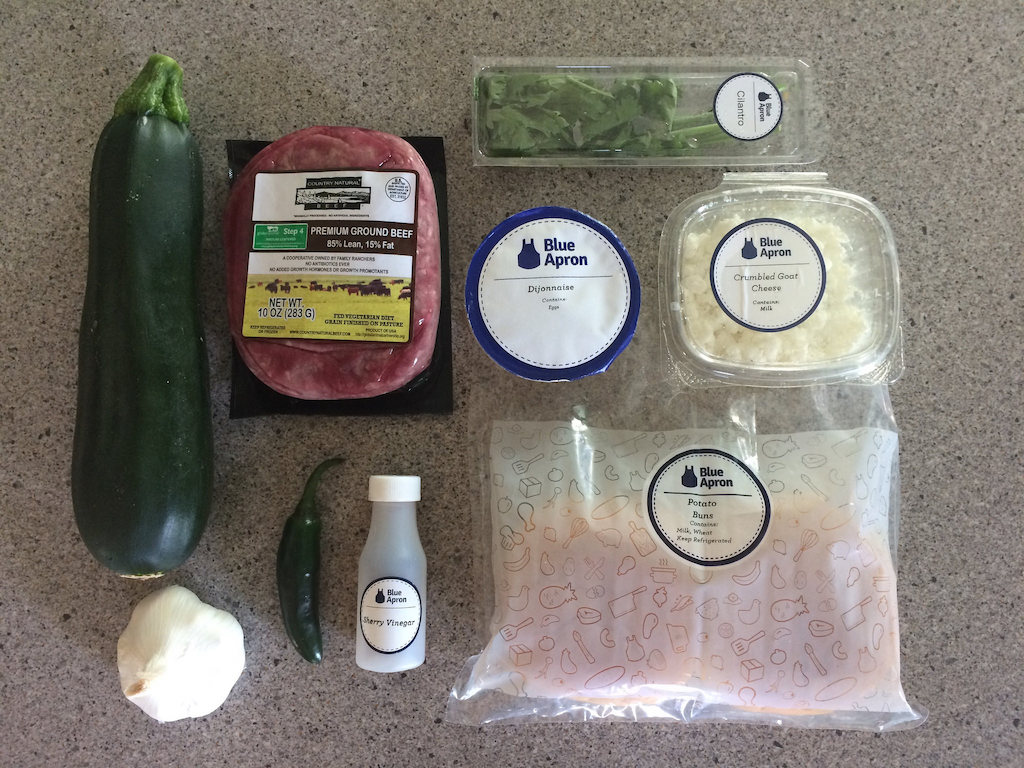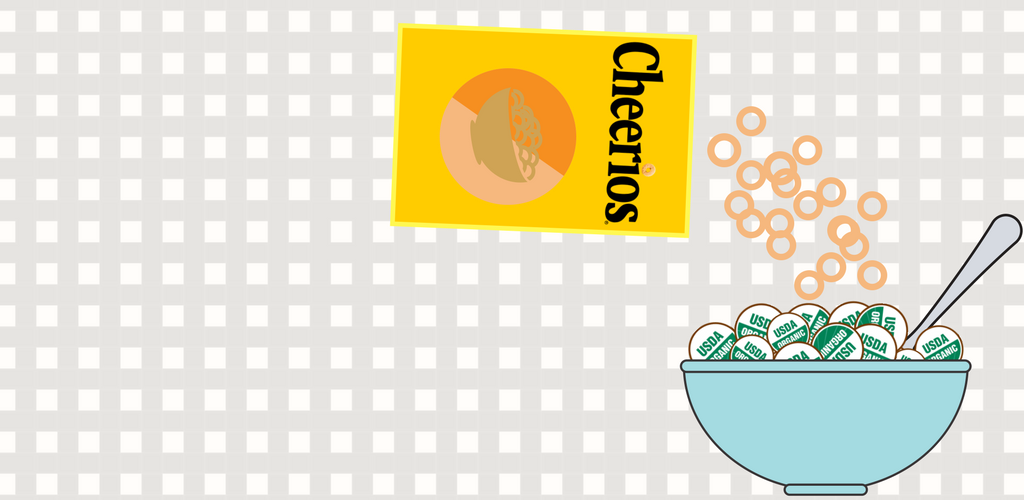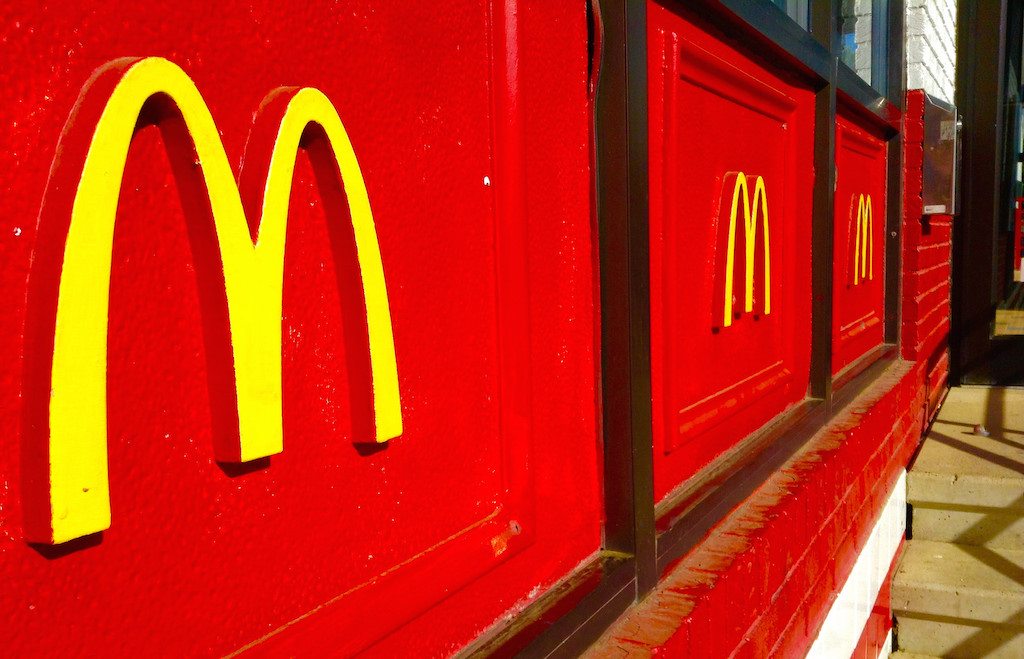To the chagrin of the grocery industry and public health advocates, Dollar General—the chain of 13,000 low-cost variety stores—has become rural America’s grocer of choice.
Where hypermarkets, namely Walmart, have failed to gain traction in selling food to rural consumers, Dollar General has succeeded with a different approach: small stores selling, almost exclusively, consumer packaged goods at rock-bottom prices.
Here’s the low-overhead formula: fewer staff, less floor space, and no perishables. That model has spurred rapid growth for the chain in 44 of our 48 contiguous states, particularly in areas that have been slow to recover from the recession. Business is brisk, the company’s CEO told the Wall Street Journal in December, as households get poorer.
Expansion into metro areas, the paper reported, was next for the chain. That would change the narrative that Dollar General preys predominantly on rural whites, as was the implication in the Journal and Bloomberg stories.
But one city wants to stem that tide. On Wednesday, the Tulsa, Oklahoma City Council voted six to one in favor of an ordinance to limit the proliferation of stores like Dollar General. The ordinance makes permanent proximity requirements introduced last summer as part of a six-month moratorium on “small box discount stores.”
But not in Tulsa as a whole: Specifically, in three predominantly black neighborhoods comprising North Tulsa.
Tulsa is almost 63 percent white, and 15 percent black. North Tulsa, by comparison, is almost an inverse: 69 percent black, and 13 percent white. It’s also poorer than the rest of Tulsa, where the average income is $66,396. In North Tulsa, the average is half that, at $33,778. Certainly, there are other Dollar General stores in Tulsa. But these communities are saying they don’t want more.
Councilor Vanessa Hall-Harper, who represents the three neighborhoods in question, introduced the ordinance. She has said she’s not opposed to dollar stores in principle, especially in the low-income neighborhoods she represents, where food prices are a real strain. But the stores’ presence makes the areas less attractive to fully-stocked supermarkets or grocery stores that may want to move in. In an interview with Vice News, Hall-Harper said her district has 10 dollar stores and zero actual grocery stores.
“How many discount dollar stores do you need in one community?” she said.
The appeal of these stores for some may be that they offer for purchase single servings of food, packaged in mini bottles or small bags, which are essentially enough for one meal. (The chain’s CEO calls those the “last bit.”) But that feature makes Dollar General a grocery store operating on a convenience store model.
Under the new ordinance, no store like Dollar General can open within a mile of another one inside the three-neighborhood boundary. The city has defined small box discount stores as chains, convenience stores, and corner stores under 12,000 square feet, where a majority of products are sold for under $10.
It’s already a tough time for the grocery industry. We’ve done plenty of reporting on how supermarkets have to contend with low margins and the ever-increasing threat from online retailers. Dollar General, which added 1,000 stores last year alone, is the latest challenge for traditional grocers, who worry that their customers will buy staple packaged goods like cereal, soup, or toilet paper from the chain and leave them to survive on produce sales alone.
Dollar General told Vice News that its stores are a “complementary option” to retailers that sell produce and meat. But Hall-Harper disagrees with that assessment. “I believe their business model is to seek out food deserts and communities that have no other options, and then they can make it more difficult for other retailers to come in and be successful, particularly, quality, full-service grocery stores,” she said.
The Tulsa move is a somewhat unusual way to look at food access and inequality: Municipal ordinances aimed at addressing those issues often focus on bringing more good food in to a community. In Minneapolis, for example, the city’s staple food ordinance requires licensed grocery stores to sell fresh fruits and vegetables. But the Tulsa ordinance is more akin to a fast-food restaurant ban—the likes of which we’ve seen in South Los Angeles, or Concord, Massachusetts—or even state-level bans on liquor stores in school zones.
And that restriction caused some consternation among other council members. Many of them, and some of the ordinance’s opponents, say the council should be encouraging development in North Tulsa, not restricting it. Growth, the common wisdom says, is good for a municipality, no matter the kind.
“The implications are that other areas are open for business and economic development, but poor North Tulsa is not,” said Lana Turner-Addison, a former school board member, and one of three opponents who addressed the council. “The city council should focus on how to stimulate economic development, and how to increase the income of residents who live in the community, because increased income leads to increased options and choice.”
In total, 18 public comments were made, with 15 in favor of the ordinance. Overwhelmingly, those who addressed the council lived in the neighborhood, or grew up there, or felt they represented it. All but one of the speakers were black.
“We need healthy food, we need healthy choices, and we should be able to determine what comes into our community,” said Christopher Brown, a supporter of the ordinance. “It’s weird that you talk about how bad someone’s community is, and you don’t give them the opportunity to decide what comes in. Let us determine what we want in our community, at least every now and then.”
Taken all together, the comments were an acknowledgment that the forces behind limited access, hunger, and poor health outcomes aren’t just about food. Not by a long shot.
“This is not a fair market issue. It’s a matter of how to exploit impoverished, underserved communities,” a supporter told the council on Wednesday.
Perhaps true municipal food sovereignty and security lie somewhere in between restricting development and encouraging proliferation. After all, the health and wellbeing of a community isn’t only about whether it has more or fewer stores. In North Tulsa, as in many other communities across the country, it’s also about whether or not its residents are empowered to purchase good food.




